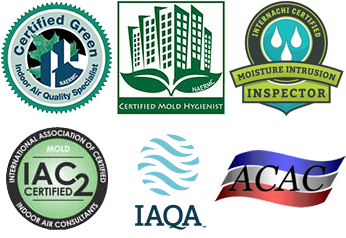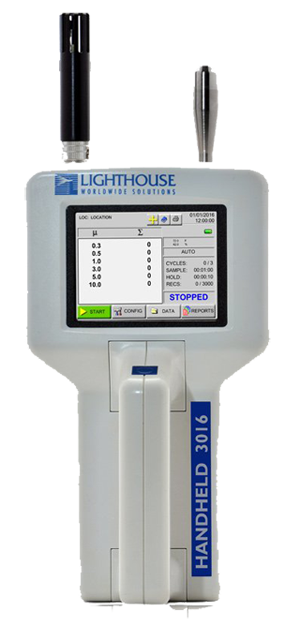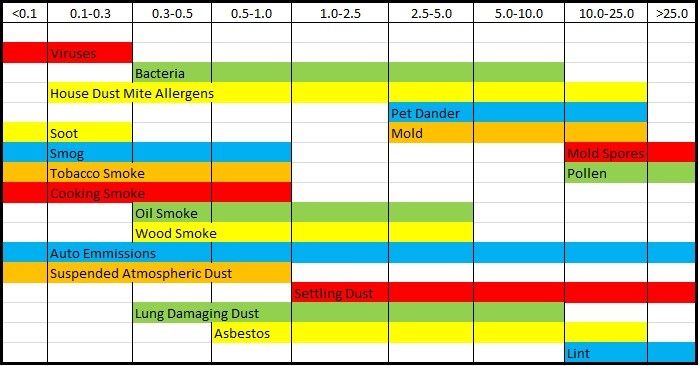Central Florida Particle Counting (Particulate Matter)
Elite Mold Services
Providing Testing to Help Determine the Levels of Microscopic Debris in the Air.

Elite Mold Services offers particulate counting to help determine the levels of microscopic debris in the air. Depending on the size of the actual particles, they will either be inhaled deep down into the recesses of someone’s lungs or caught in the upper respiratory tract wreaking havoc there.
Why Measure Particulate Matter (PM)?
PM affects more people than any other pollutant. It consists of a complex mixture of solid and liquid particles of organic and inorganic substances suspended in the air. The particles are often identified according to their aerodynamic diameter, as either PM10 (particles with an aerodynamic diameter smaller than 10 µm) or PM2.5 (aerodynamic diameter smaller than 2.5 µm). The latter are more dangerous since, when inhaled, they may reach the peripheral regions of the bronchioles, and interfere with gas exchange inside the lungs.
Comparing indoor particle counts or particle mass concentration to outdoor counts/concentration provides information regarding the effectiveness of filtration, as well as for the potential that there are indoor sources contributing to airborne particulate matter. Many IAQ investigators have developed experience with elevated particle counts in specific particle size ranges to provide additional clues towards determining the potential sources of these particles. For example, tobacco smoke is known to be in the .01 to 1.0 micron size range, and pollens are typically >10 microns. Here is a simple chart to show common sizing of various particulate:


- Increased respiratory symptoms, such as irritation of the airways, coughing, or difficulty breathing; i.e.
- Decreased lung capacity
- Aggravated asthma
- Development of chronic bronchitis
- Irregular heart beat
- Non-fatal heart attacks
- Premature death of people with heart or lung diseases
